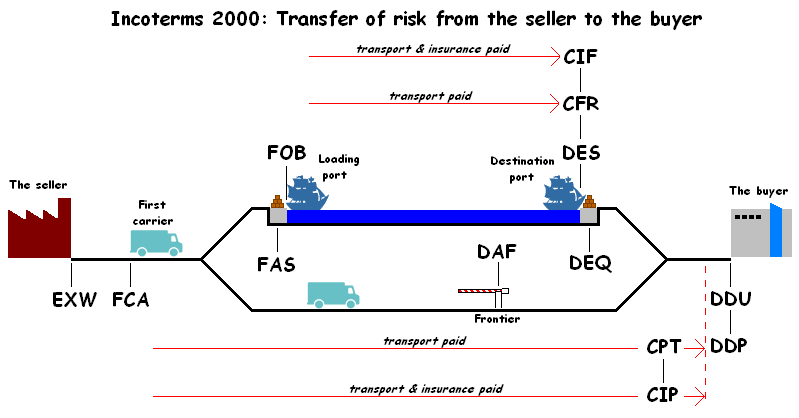Incoterms 2020 is the latest set of international rules for the interpretation of trade terms in international commercial contracts. This blog post provides a comprehensive overview of the Incoterms 2020 rules, including the different categories, the responsibilities of buyers and sellers, and how to choose the right Incoterms for your business.
Introduction of Incoterms 2020
Incoterms 2020 is a set of 11 international rules for the interpretation of trade terms in international commercial contracts. They are published by the International Chamber of Commerce (ICC) and are used by businesses all over the world to clarify the responsibilities of buyers and sellers in international trade.
The Incoterms 2020 rules are updated every 10 years to reflect the changing nature of international trade. The most recent update, Incoterms 2020, was published on January 1, 2020.
The 11 Incoterms 2020 Rules
The 11 Incoterms 2020 rules are divided into two groups:
- Group E: Rules for delivery ex-works (EXW)
- Group F: Rules for the main carriage paid by the seller (FCA, FAS, FOB)
- Group C: Rules for carriage paid to (CPT, CIP, CFR, CIF)
- Group D: Rules for delivery duty paid (DAP, DPU, DDP)
The first letter of each group indicates the main responsibility of the seller. For example, in the group E rules, the seller is responsible for delivering the goods ex-works, which means that the buyer is responsible for all costs and risks from that point onwards.
How to Choose the Right Incoterm
The right Incoterm for a particular transaction will depend on many factors, including the mode of transport, the location of the buyer and seller, and the terms of payment.
In general, the seller will want to choose an Incoterm that minimizes their responsibilities, while the buyer will want to choose an Incoterm that minimizes their costs.
Here are some factors to consider when choosing an Incoterm:
- Mode of transport: The mode of transport will affect the cost of transportation and the risks involved. For example, if the goods are being transported by sea, the seller will need to choose an Incoterm from group C or D.
- Location of buyer and seller: The location of the buyer and seller will affect the costs of transportation and the risks involved. For example, if the buyer is located in a country with a high level of corruption, the seller may want to choose an Incoterm that gives them more control over the goods, such as DDP.
- Terms of payment: The terms of payment will also affect the choice of Incoterm. For example, if the buyer is paying on delivery, the seller may want to choose an Incoterm that gives them more control over the goods, such as DDP.
Conclusion:
The Incoterms 2020 rules are an important tool for businesses involved in international trade. By understanding the different Incoterms rules, businesses can clarify their responsibilities and reduce the risk of disputes.
I hope this blog post has given you a better understanding of Incoterms 2020. If you are involved in international trade, I encourage you to learn more about the Incoterms 2020 rules. The ICC has a website with a wealth of information on the Incoterms, including a glossary of terms, a chart of responsibilities, and a FAQ.

